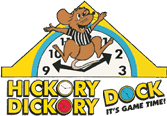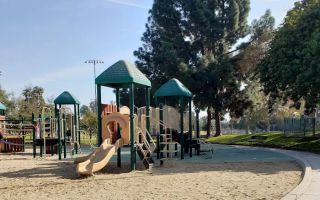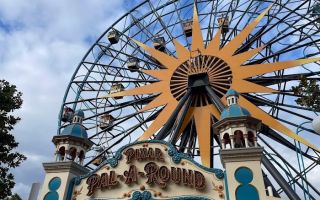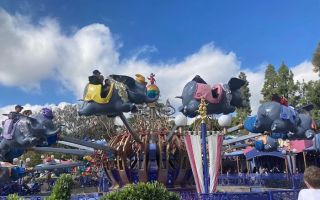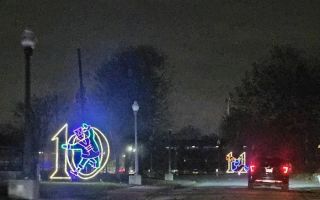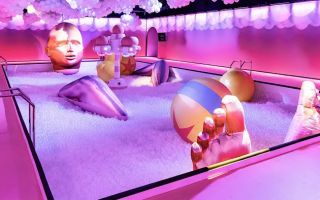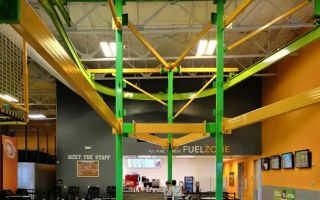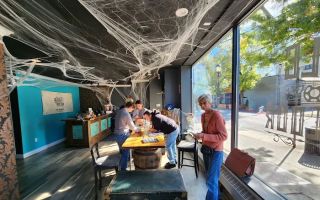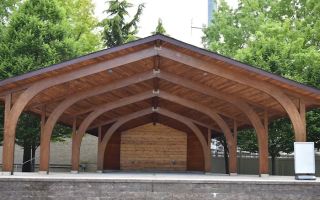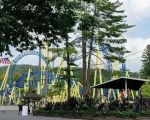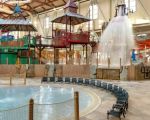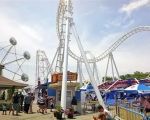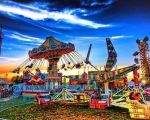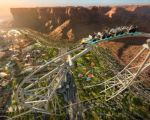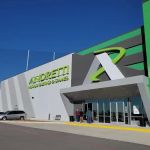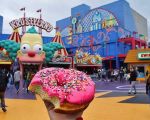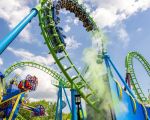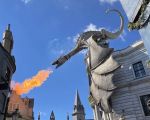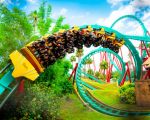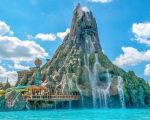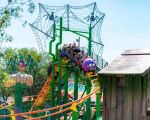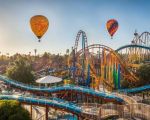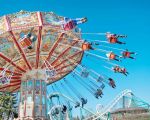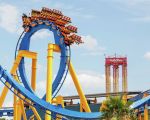- defining-theme-park-vs-amusement-park-what-makes-them-different
- experience-and-design-immersion-vs-entertainment
- real-world-examples-youve-heard-of
- which-one-is-better-for-families-and-kids
- how-hickory-dickory-park-fits-into-the-experience
1. Defining Theme Park vs. Amusement Park: What Makes Them Different?
When people ask, what's the difference between theme park and amusement park, it’s not just a matter of semantics—there’s a genuine difference in concept and execution. A theme park is a park built around a central concept or story, where every ride, shop, and pathway ties into that theme. Think Disney or Universal Studios, where pirates, aliens, or fairy tales dictate not just the rides, but the food, signage, and even employee uniforms.
An amusement park, on the other hand, focuses more on entertainment variety. You’ll still find roller coasters, games, and shows, but they don’t necessarily connect to a larger narrative. It's about the thrill, not the storyline. This distinction matters when planning a visit—especially for families or travelers seeking specific types of memories.
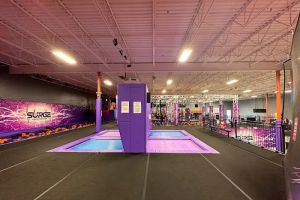
Surge Adventure Park
24 E 33rd St, Edmond, OK 73013, USA
2. Experience and Design: Immersion vs. Entertainment
2.1 Immersive Design in Theme Parks
In a theme park, you're not just riding a roller coaster—you’re escaping into a world. A castle doesn’t just look like a castle; it feels like one because it’s built with storytelling in mind. From the moment you walk in, every corner is part of the narrative, carefully designed to sustain the illusion. Think of the smell of buttered popcorn blending with orchestral soundtracks and costumed performers passing by.

Noah's Ark Waterpark
1410 Wisconsin Dells Pkwy, Wisconsin Dells, WI 53965, USA
2.2 Amusement Park Appeal: Fun and Spontaneity
Amusement parks have their own charm—diverse ride types, quick thrills, and a flexible layout that makes room for seasonal attractions. They don’t rely on elaborate themes, and that can make them feel more spontaneous and playful. You might go from a haunted house to a log flume with zero context in between, but that unpredictability can be part of the fun.
3. Real-World Examples You’ve Heard Of
Take Disney World as a classic example of a theme park—every “land” has a story. You’re not just on a roller coaster; you're in Space Mountain or the jungles of Adventureland. Every element plays into the fiction. Conversely, Six Flags or Cedar Point are amusement parks. Their focus is thrills, coaster stats, and variety—not cohesive storytelling.
But don’t be mistaken—both types can deliver an unforgettable day. It’s just a matter of what kind of memory you're looking to create.
4. Which One is Better for Families and Kids?
4.1 Age-Appropriate Choices
Theme parks generally offer more for younger children. The environments are friendlier, and the rides tend to accommodate a broader age range. The characters and shows are often designed to engage kids emotionally. Meanwhile, amusement parks tend to skew older, with higher thrill rides and fewer gentle attractions for toddlers.
4.2 Budget and Time Considerations
Amusement parks are often more affordable and less time-consuming. You don’t need to map out your itinerary weeks in advance. If you're on a tighter schedule or traveling with teens looking for adrenaline over ambiance, an amusement park may be a better match.
5. How Hickory Dickory Park Fits Into the Experience
At Hickory Dickory Park, the focus blends the magic of themed environments with the energy of classic amusement rides. It may not be a “mega-brand” theme park, but it offers immersive sections tailored to kids, alongside fun-filled zones with classic amusements for all ages. Think of it as a local gem that pulls the best from both worlds—story-driven play areas and flexible ride options for different age groups.
Whether you're introducing your child to their first merry-go-round or seeking a relaxing family day with just enough fantasy, Hickory Dickory Park delivers a hybrid experience that resonates with both nostalgia and innovation.
